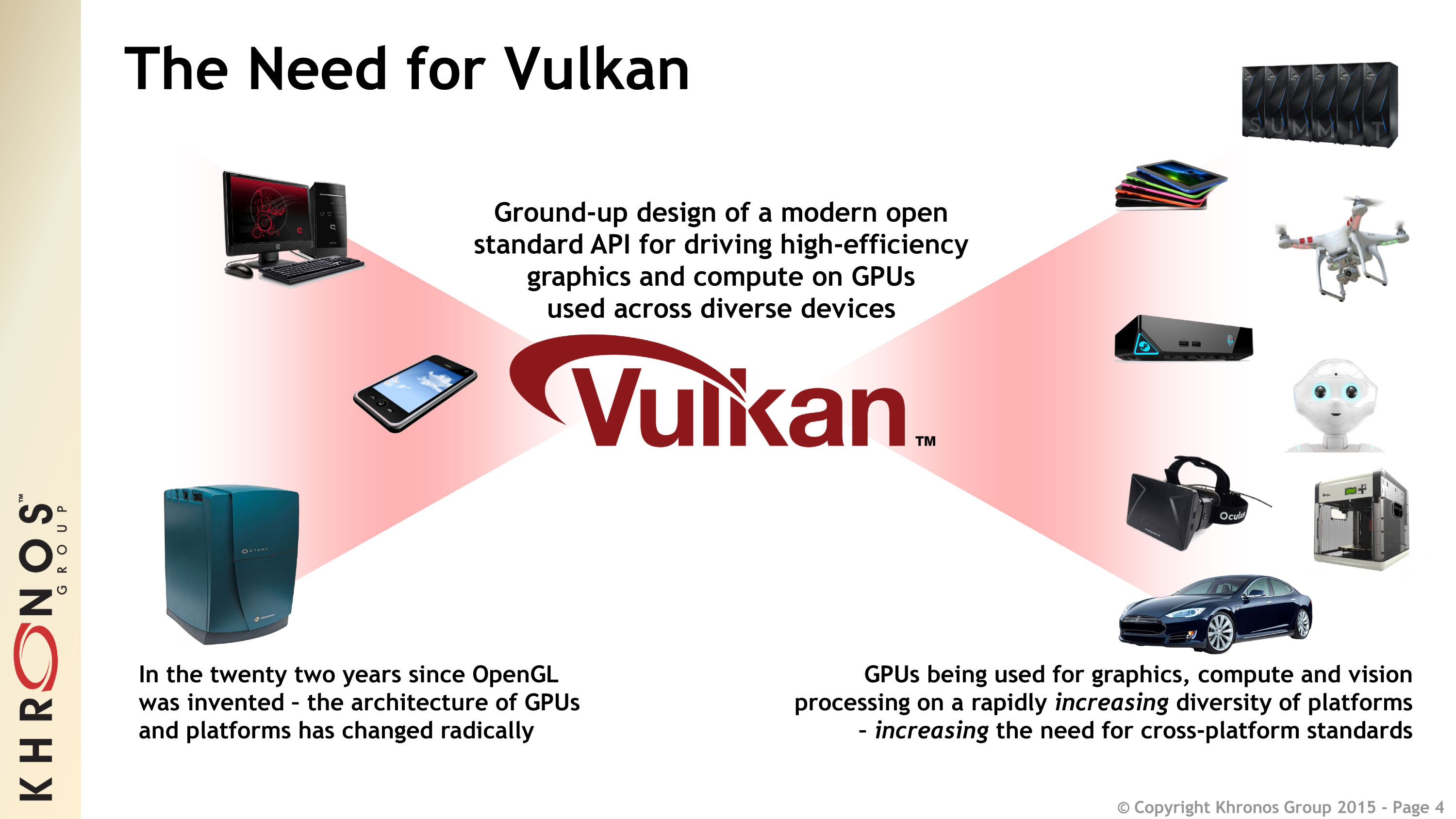

DirectX 12 and Mantle shift slightly more load to the GPU as a means to reduce CPU throttling, ultimately allowing greater draw call counts with more efficient parallelization and multi-threading. Intel's affordable G3258 and AMD APUs are examples of devices that would throttle on draw calls, effectively binding high-end GPUs to the CPU. A “draw call” is a transaction wherein the CPU commands the GPU to render a new object on the screen, creating a CPU bottleneck with lower-end SKUs. Games demand thousands of draw calls for each frame – effectively every time a unique piece of geometry is observed on-screen – and this heavily loads the hardware. The remnants of Mantle's codebase are being adapted into OpenGL, a graphics API that asserts minimal dominance in the desktop market.Īlthough often associated with GPU performance, DirectX 12 and Mantle most directly benefit lower-end CPUs by allowing more drawcalls than previous APIs. Mantle 1.0 is AMD's abandoned API and is being deprecated as developers shift to adopt Dx12. Then DirectX 12 showed up.ĭirectX is a Microsoft API that has been a dominant programming interface for games for years. Its primary advantage was along the lines of console development: Removing overhead to allow greater software-hardware performance. Mantle, an effort of debatable value, first marketed itself as a replacement for Dx11, proclaiming DirectX to be dead.

One of the largest obstacles and enablers faced by PC gaming has been DirectX, an API that enables wide-sweeping compatibility (and better backwards compatibility), but also throttles performance with its tremendous overhead. Consoles have long touted the phrase “close to the metal” as a means to explain that game developers have fewer software-side obstacles between their application and the hardware.


 0 kommentar(er)
0 kommentar(er)
